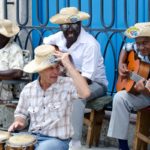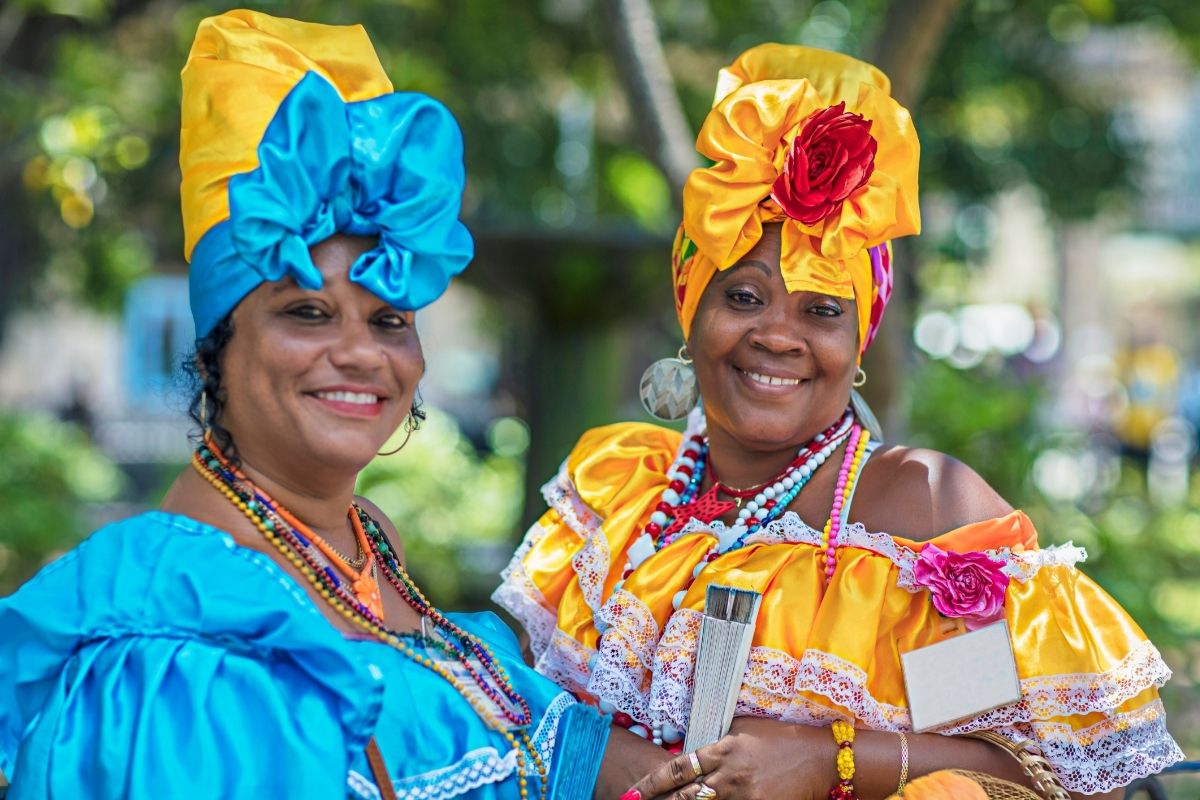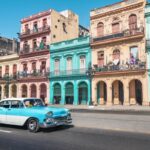If you are interested in Cuban art and culture, then you will want to learn more about its influences and pioneers.
Cuba is a vibrant country based in the Caribbean, where it is known for its rich culture, delicious food, and excellent music.

But did you know that the island is also famous for its unique artistic traditions?
Since the republic was established in 1902, there has been a long tradition of art and design, which is drawn from various cultures and mediums.
In this article, we will take a look at the history of Cuban art and its role in the island’s cultural identity.
What Art Is Cuba Known For?
Since its foundation, the island of Cuba has been known for its unique artistic tradition, which draws from various cultures and influences.
Because of its colonial history, the island’s art has become a chimera of Spanish, African, South American, and European cultures, which results in a rich and diverse artistic history.
The island is also the home of the Academy of San Alejandro, which remains the oldest academic institution of art in the Latin Americas.
It was during the 19th century that Cuban art began to find its place in the island’s culture, with the first portraits depicting the country’s lush landscapes and environments.
Painters like Esteban Chartrand pioneered this movement, with his art often featuring romantic views of palm trees and local wildlife.
Chartrand’s work was continued by other notable artists such as Domingo Ramos, who was also influenced by his native land.
It wasn’t until the 20th century that this particular style fell from grace and Cuban artists began to explore the world of Cubism, a new movement that took a single image and fractured it into different perspectives and shapes.
During this time, Primitivism and Surrealism also came to the forefront of Cuban artistic traditions, which led to the production of strange and vibrant works.
With this, Cuba started to abandon traditional techniques and formed its own distinctive art style.
This led to what is now known as the Vanguardia movement, which championed modernist approaches over academic training.
Because of this, many Cuban artists also became politically active and sought to share their beliefs with the world.
Notable Cuban Artists
While Chartrand and Ramos remain notable for their contributions to Cuban art, there are also other artists that pioneered the island’s unique format.
Amelia Pelaez (1896 – 1968)
To date, Pelaez remains the only woman to join the Vanguardia movement, as she studied art in Cuba and later followed her passion to the United States and Paris.
Palaez’s work was influenced by the architecture of her native land and followed the rules of Cubism, as well as other modernist art movements.
Because of this, her art was known for its vibrant and striking images, which would feature bright colors and black outlines.
During her career, she would produce countless portraits, along with delicate ceramics and sculptures.
Wilfredo Lam (1902 – 1982)
Born to a Chinese father and Afro-Cuban mother, Lam became interested in art while still a small child and would later pursue his passion upon relocating to Spain.
Despite his fascination with modernist art, Lam detested academic training and instead learned his craft from surrealist painters such as Pablo Picasso, who became his closest friend and artistic mentor.
Because of his cultural background, Lam’s work often explored themes of culture, race, heritage, and identity.
He is most famous for painting The Jungle (1943), which is now considered one of the most notable examples of Cuban art.
In most cases, the contents of his work would be drawn from African forms, whether that be tribal paintings or less accessible sources.
Antonio Gattorno (1904 – 1980)
Unlike Lam, Gattorno would begin his artistic studies in Cuba and later continue them while living in Europe.
During this time, the quality of his work was undeniable, as it borrowed from practices now associated with classic art.
However, these influences would change upon Gattorno’s relocation to Paris, where he first encountered the modernist movement.
After this, his work became more surreal and often depicted human figures in strange and dreamy landscapes.
In 1927, Gattorno would return to Cuba and continue his surrealist work, which included murals and pictures of Cuban peasants.
In 1939, Gattorno made the decision to move to the United States, where he would remain until his death.
He would only return to Cuba once in 1946, after which he alienated himself from the island.
Final Thoughts
Defining Cuban art is not an easy thing to do, as the Cuban tradition draws from various cultures and influences.
While its foundations were characterized by landscapes and lush visuals, Cuban artists would soon adopt modernist methods to interpret the island, which led to a rise in more surreal and dream-like works.
- What Is The Largest Island In Cuba? - September 19, 2022
- Havana – Why Is It Cuba’s Most Exciting City? - September 19, 2022
- Cheapest Time To Visit Cuba (Ultimate Guide) - September 19, 2022








